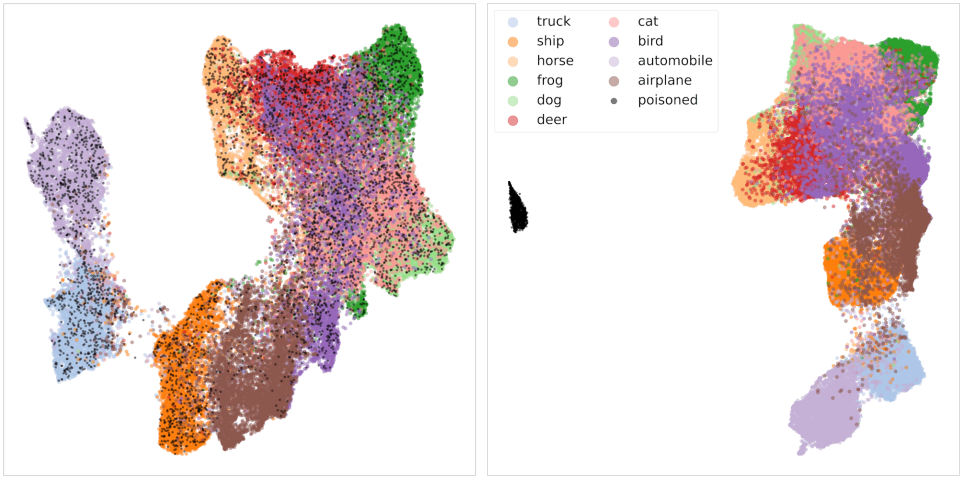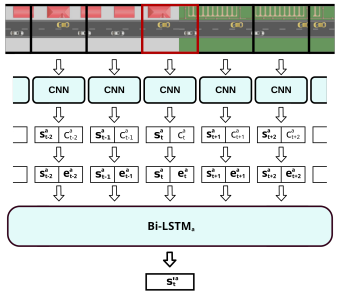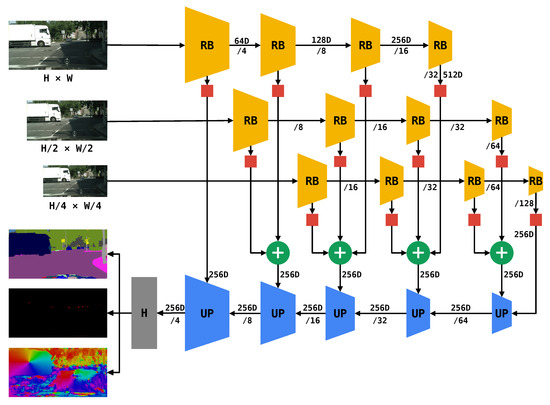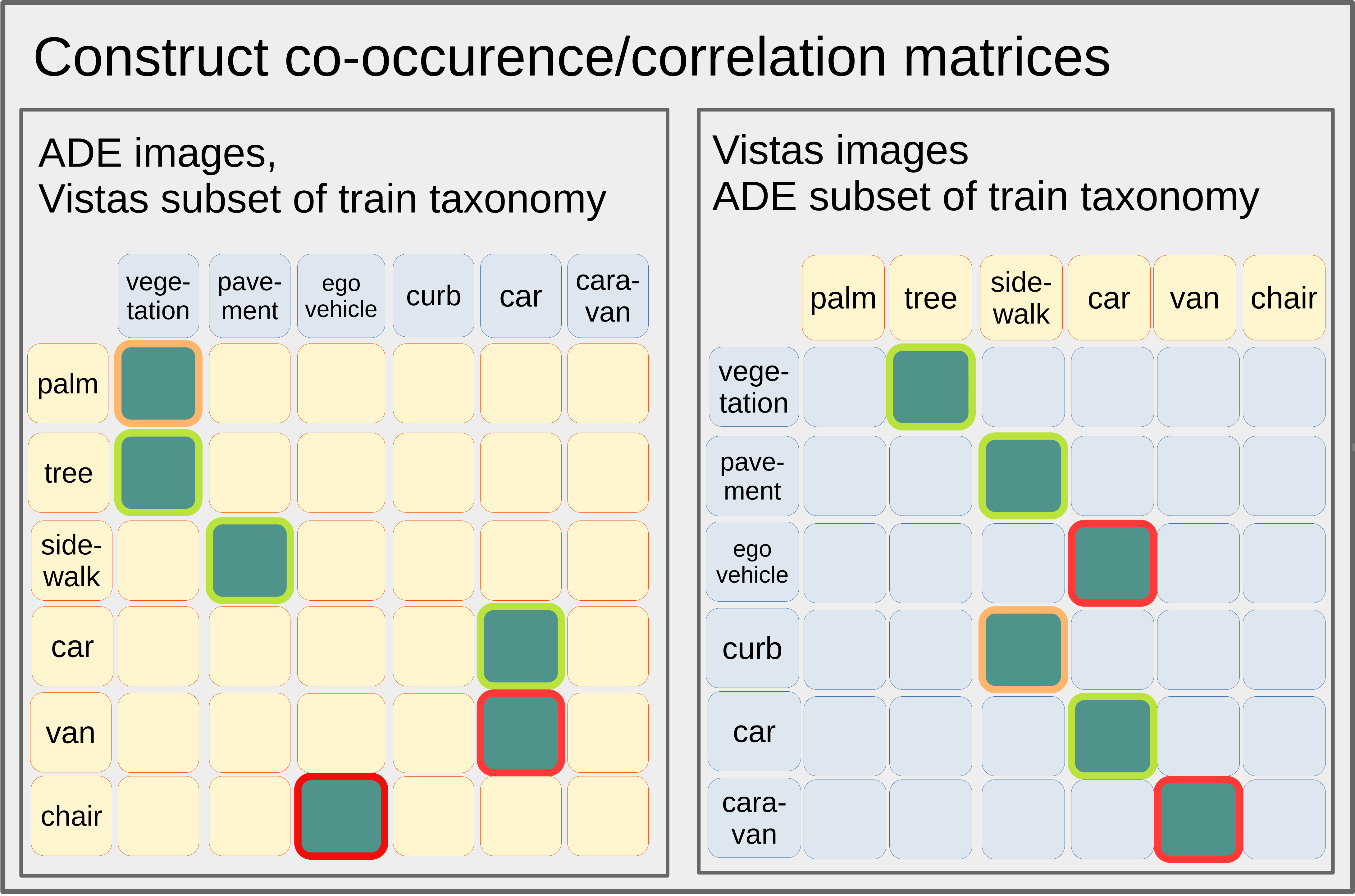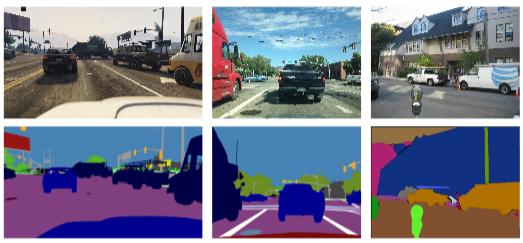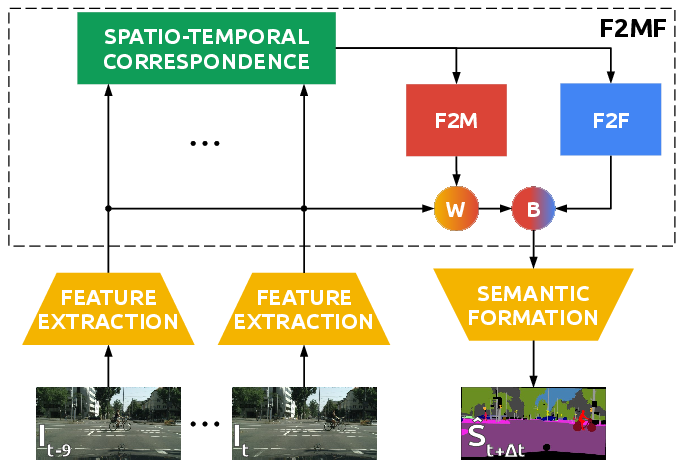Project
ADEPT
studies methods for dense semantic analysis
in large images of natural scenes.
Our goal is to reduce obstacles
towards exciting real-world applications
such as autonomous cars, road safety inspection
or automated warehouses.
We are especially interested in the following problems:
-
efficient inference and learning
-
multi-domain, cross-domain and semi-supervised learning
-
dense anomaly detection and open-set recognition
-
dense semantic forecasting
-
invertible models and adversarial robustness
Research results
Starting point
We start from convolutional models for dense prediction
based on checkpointed DenseNet backbones,
lightweight ladder-style upsampling [1]
and pyramidal fusion [2].
We predict future semantic content in video
based on feature-to-motion-and-feature forecasting [3].
We apply multi-domain loss expressed as
negative log likelihood of aggregated probability [4].
We address open-set recognition through learning
with noisy and artificial negative samples [5].
Time frame
Start date: 1st February 2021.
Duration: 48 months
The project has been funded by the
Croatian science foundation


